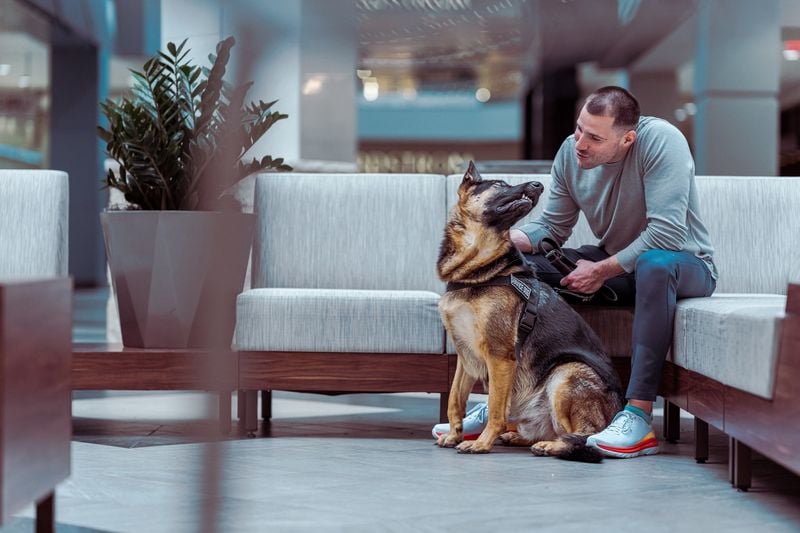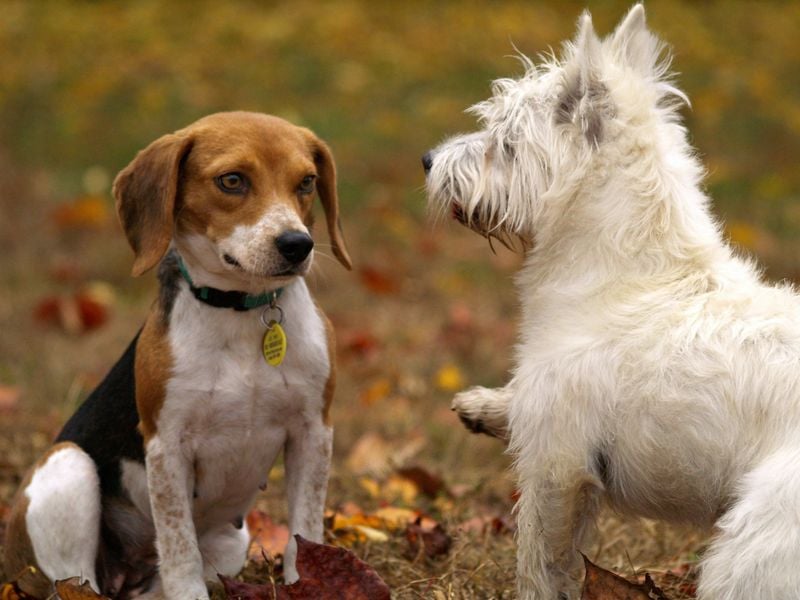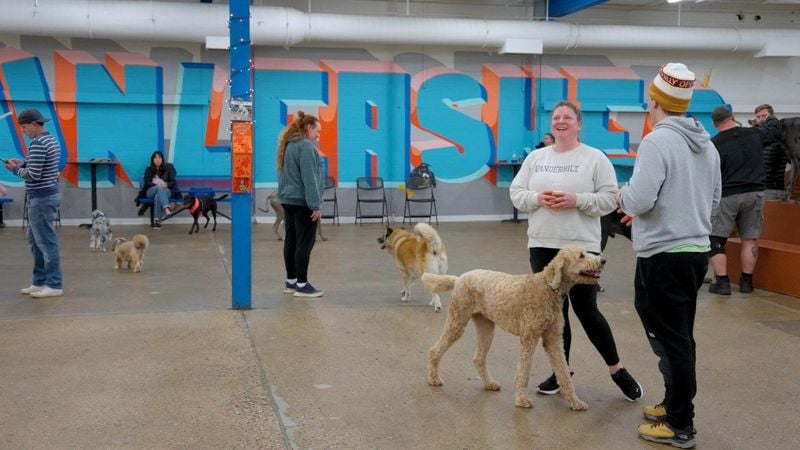8 Ways to Be the Dog Owner Everyone Loves
Having a dog brings endless joy—loyal companionship, goofy moments, and the kind of love that only a wagging tail can give. But alongside the snuggles and fetch games comes a serious dose of responsibility. Being a dog owner means more than feeding, walking, and trips to the vet. It also means understanding how your dog’s behavior impacts the world around you.
Whether you live in a bustling city, a quiet suburb, or somewhere in between, your pup’s actions in shared spaces—parks, sidewalks, apartment buildings—reflect on you. Not everyone you pass on the street is a dog person, and not every dog wants to play. That’s why being a courteous dog owner is about more than just manners—it’s about creating a safe, respectful, and enjoyable environment for everyone.
The good news? It doesn’t take much to be the kind of dog owner that others admire. A little awareness, some basic training, and a commitment to kindness go a long way. Whether you’re a new dog parent or a seasoned pack leader, it’s worth checking in on how you and your furry friend show up in the world.
Here are eight simple, no-nonsense rules to help you (and your pup) be a great neighbor, a considerate citizen, and a welcome sight at any dog park.
1. Always Clean Up After Your Pooch
Nobody wants to step in dog poop. Carrying poop bags should be as automatic as grabbing your keys when heading out the door with your furry friend. Even in areas where you think nobody will notice, leaving waste behind is harmful to the environment and spreads disease.
Many parks and neighborhoods now provide free waste bags, but don’t count on them being available. Keep extras in your car, jacket pocket, or attached to your leash. Remember that how you handle this simple task shapes how people view all dog owners.
Pro tip: If your dog has tummy troubles in public, bring extra water to rinse the area after cleanup.
2. Master the Art of Leash Etiquette
Keeping your dog leashed in public isn’t just about following rules—it’s about respect. Even the friendliest dogs can frighten people who have had bad experiences or make other leashed dogs feel threatened when approached without restraint.
Choose the right leash for your situation. Retractable leashes might seem convenient but can actually be dangerous in crowded areas. A standard 6-foot leash gives your dog freedom while maintaining control.
When passing others on sidewalks, shorten the leash and move to one side. This simple courtesy shows you’re mindful of shared spaces and earns appreciation from neighbors and fellow dog walkers alike.
3. Teach Your Dog to Listen When It Matters
A well-trained dog makes everyone’s life easier. Focus on mastering the essential commands: sit, stay, come, and leave it. These four skills can prevent countless problems and keep your dog safe in unexpected situations.
Training doesn’t require fancy equipment or professional classes. Just 5-10 minutes of practice daily with treats and praise builds these habits. The key is consistency—use the same words and hand signals every time.
When your dog responds to commands in public, it shows others you’re a responsible owner. People notice and appreciate dogs who wait patiently at crosswalks or stop sniffing someone’s groceries when told to “leave it.”
4. Give People Their Bubble Space
Not everyone wants to meet your dog, no matter how cute they are! Watch for signals that someone might be uncomfortable—crossing arms, stepping back, or tensing up. Some folks have allergies, fears, or cultural perspectives about dogs that differ from yours.
Ask before letting your dog approach strangers, especially children. A simple “Would you like to pet my dog?” shows consideration for others’ boundaries. If someone declines, don’t take it personally.
When walking in busy areas, keep your pup close to your side rather than allowing them to zigzag across the path. This thoughtfulness makes shared spaces more comfortable for everyone, dog lovers and non-dog people alike.
5. Manage Barking Before It Drives Neighbors Crazy
Dogs bark—it’s natural communication. But constant barking can quickly turn neighbors into enemies. First, figure out why your dog is being vocal. Are they bored, anxious, territorial, or alerting you to something?
Address the underlying cause rather than just trying to silence them. A tired dog barks less, so ensure they get enough physical exercise and mental stimulation daily. For dogs left home alone, puzzle toys and proper crate training can reduce anxiety-related barking.
If your dog starts barking when you’re out walking, redirect their attention with a toy or treat. Acknowledging the neighbors affected by your dog’s noise shows you care about community harmony.
6. Introduce Your Dog to the World Gradually
Socialization is crucial, but throwing your dog into overwhelming situations can backfire badly. Start with calm, controlled introductions to new people, places, and other animals. Watch your dog’s body language—tucked tail, flattened ears, or whites of eyes showing are signs they’re uncomfortable.
Puppy playdates with known, friendly dogs build positive associations. For adult dogs with limited social experience, consider working with a trainer who specializes in socialization. Always reward calm behavior around new stimuli.
Remember that not every dog needs to be a social butterfly. Some dogs prefer human company to canine friends, and that’s perfectly okay. Knowing and respecting your dog’s personality makes outings pleasant for everyone.
7. Navigate Dog Parks with Courtesy and Awareness
Dog parks can be wonderful or terrible depending on how owners behave. Before entering, observe the energy level and play styles of dogs already there. If your pup is much smaller or larger than the others, or if the play seems too rough, consider coming back another time.
Stay engaged with your dog rather than getting lost in phone scrolling or conversations. You need to monitor interactions and intervene before play escalates to aggression. Know the difference between appropriate rough-housing and problematic behavior.
Always clean up waste immediately and follow posted rules about toys or treats. These simple courtesies prevent conflicts between dogs and their humans, making the park enjoyable for everyone.
8. Build Positive Relationships with Neighbors
Your neighbors didn’t choose your dog, but they have to live with your choices. Simple considerations like bringing in a barking dog promptly, keeping your dog from digging in shared gardens, and preventing them from rushing fences when neighbors pass by create goodwill.
For apartment dwellers, minimize the sound of nails clicking on floors by trimming them regularly or using dog booties. Consider your dog’s activity level during quiet hours. A midnight game of fetch above someone’s bedroom won’t win friends.
When neighbors compliment your well-behaved dog, thank them and acknowledge their patience. These small interactions build a community where both dog owners and non-owners feel respected and heard.














